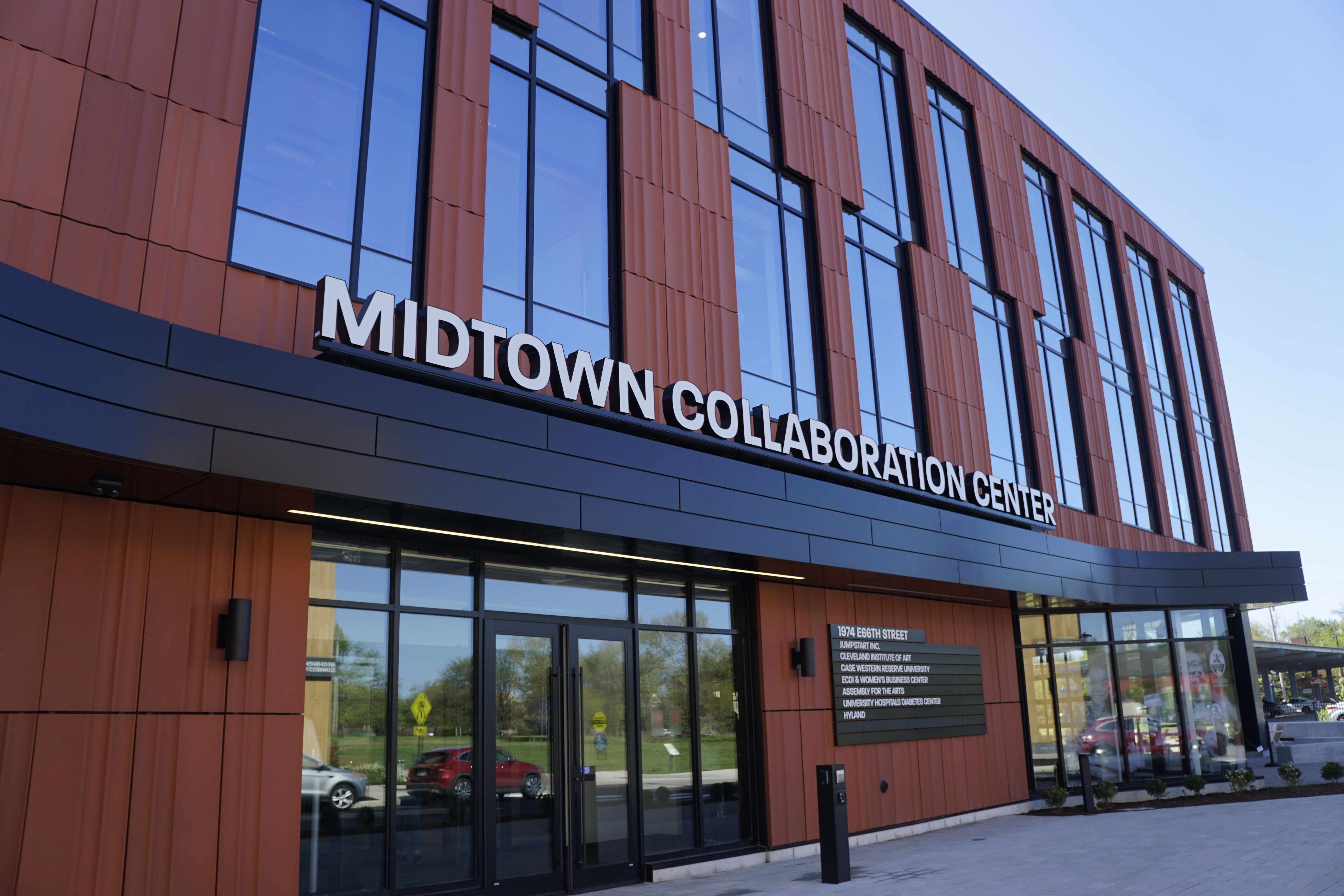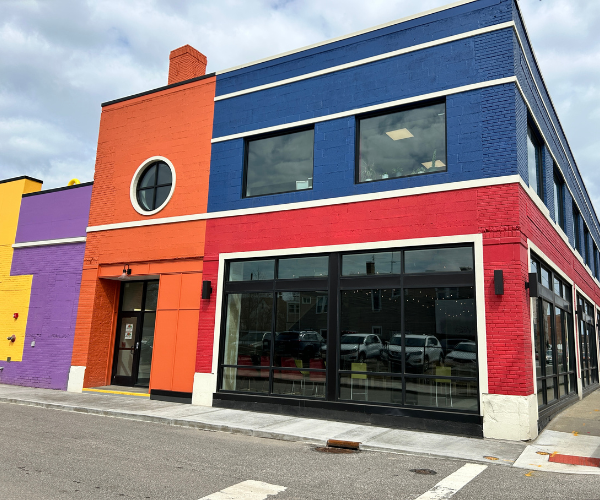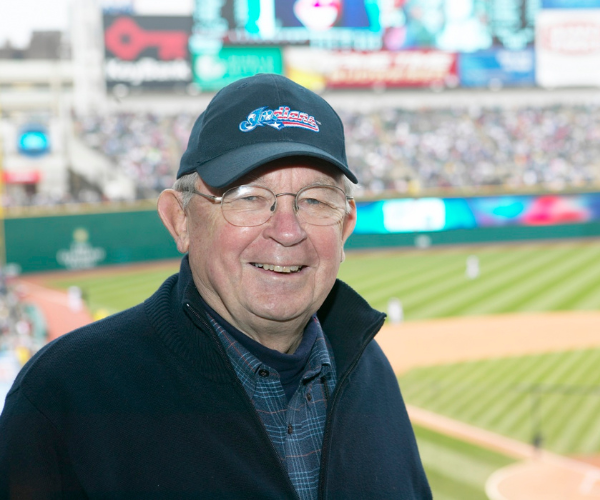As the final numbers from the 2000 Census continue to be released, they paint a picture of change across Northeast Ohio, with population mixes shifting across Cleveland and its suburbs. In some communities, the number of African-American residents has doubled or tripled in the past 10 years. In Cleveland itself, blacks have for the first time become the majority.
It should be noted that the government has published the latest Census material with an official caveat that "the data on race in Census 2000 are not directly comparable to those collected in previous censuses."
Further, the Census numbers on their own don't reveal our true diversity. For instance, Cuyahoga County's 27.4 percent population of "Black or African American persons" does not distinguish between Dominicans, Haitians, recent African immigrants or African Americans whose families have lived in the U.S. for five generations. Similarly, the county's 67.4 percent of "White persons" makes no distinction among European Americans, Arab Americans, Hispanics or Latinos. Nor, of course, does it address the wide range of such people — from those whose ancestors helped settle the Western Reserve in the early 1800s to recent arrivals from Croatia, Lebanon, Guatemala, El Salvador and elsewhere.
Celebrating oneness and diversity
Despite their shortcomings, the Census numbers do provide a framework for looking at where we've been and where we're going. While some communities run from increasing diversity — the notion of "white flight" is not yet a relic of the past — others clasp it as a strength.
In Euclid, which has seen a sharp increase in African-American residents even as its population dipped by more than 2,000 between 1990 and 2000, Emma Jackson emphasizes the positive. The executive director of BRIDGES (Building Racial Interaction through Dialogue, Growth, Education Solutions), Jackson says that part of her organization's mission is to spread the message that "instead of race and diversity of race becoming a limiting factor to human exchange and development, we must reaffirm our understanding and discern in such diversity the potential for mutual enrichment."
BRIDGES is an outgrowth of the nonprofit Interfaith Suburban Action Coalition, a faith-based group devoted to identifying problems within the community and uniting residents to address those concerns.
"I think Euclid is inviting diversity," says Jackson. "They have discovered that utilizing diversity is going to cause Euclid to live up to the fullest potential as a city that it can. If you have no diversity, you don't have anything to develop and grow on. You don't have people bringing in their talents, their gifts, their knowledge."
As part of that embracing of diversity, the Euclid Unity Committee, representing local civic and religious organizations and working with the city's department of parks and recreation, stages a Euclid Day of Oneness (which should probably be called Days of Oneness, plural, since one event was held in March and a second such celebration is being planned for September).
The most important point, stresses Jackson, is "that oneness does not mean sameness."
Intro to Spanish
That same positive approach to diversity is evident on the education front. Where others might respond to an influx of non-English-speaking students with demands for an "English only" curriculum, Janice Arnold, principal of Cleveland's Buhrer Elementary School, has obtained a five-year federal grant to make Buhrer the first dual-language school in Ohio.
The school's student body comprises whites, African Americans, Arab Americans, children from African countries and others from Puerto Rico and Central and South America, including Colombia, El Salvador, Guatemala, Mexico and Venezuela. In all, the school is 50 percent Hispanic and Latino.
"We felt that this was a good population of children to learn from each other," says Arnold, who adds that her staff's diversity is reflective of the student population. Two of her K-1 instructors have already taught dual-language courses in Ecuador.
The goal is to make those for whom English is a second language proficient in it, while at the same time exposing English speakers to another language. Arnold observes that being able to speak a second language will surely benefit her students in the adult employment world, especially as the country's Hispanic/Latino population continues to grow.
Implementation will be gradual, beginning this fall in kindergarten and first grade, then adding a grade each year as the students advance. The grant is renewable for one additional year of funding after its five-year run. Arnold is already working with two middle schools in the hope that once her students advance beyond Buhrer they will be able to maintain their dual-language education.
And the district is watching with an eye to expanding upon and duplicating success.
Suburbs bulk up, urban center retracts
In a happy coincidence, as more 2000 data continues to become available, the complete 1930 Census was released to the public in April, offering an opportunity to compare Cleveland and the surrounding communities along a timeline, and to view the new numbers in context rather than in isolation.
The Western Reserve Historical Society has copies of the 4,300 reels of microfilm that contain the 1930 information, and all of it is available to the public. 1930 marked the first decennial census in which Cuyahoga County's population topped 1 million. At the time, Cleveland was home to 900,429 residents.
The 2000 population of Cuyahoga County is listed as 1,393,978, with Cleveland having 478,403 residents, a 5.4 percent downturn and its first drop below 500,000 in a century. The surrounding counties, on the other hand, all gained population by a similar percentage or better (Medina County's population soared by 23.5 percent).
Even a cursory study shows that this most recent shift is just the latest in a cycle that has repeated itself throughout the area's history — with one key difference.
"As people came into the city," says Kermit J. Pike, director of WRHS's library, "they lived in the urban areas, often in congested areas, in tenements. [They] worked hard, worked long hours, saved their money. The dream was to move out, move to the suburbs, get a piece of land. That [cycle] has been repeated for over 200 years. The problem is there's nobody moving back into Cleveland now to replace those populations [that left]."
As the black population of the inner-ring suburbs — such as Euclid — grows, Cleveland's own residential population is draining outward, seeking the suburbs' better schools, safer neighborhoods, better housing stock.
A flood of immigrants
First, some history: The region's initial settlers arrived from New England, mostly of English stock. The 1840s saw the next big influx as Irish immigrants arrived during the potato famines and many Germans fled after the revolutions of 1848 in their homeland. Then came the New Immigrants of the period 1870 to 1914, mostly from southern and eastern Europe, pushed out of their home countries by a lack of jobs, a desire to avoid military conscription and a shortage of rural land as family farms were divided among succeeding generations of offspring. Employment opportunities and the positive feedback sent back by previous immigrants drew them to America. (Shipping companies also heavily promoted immigration to encourage Europeans to take passage on their liners.)
That influx was slowed to a trickle by World War I and, after that, by U.S. immigration-restriction laws passed in 1921 and '24. But the Europeans' dropping numbers were made up by a fresh wave of newcomers as African Americans were actively recruited from the South by the prospect of better employment in northern factories.
Pike notes that "in Cleveland alone, the population in about 1910 of African Americans was 8,900. It was 39,000 by 1920 and 85,000 by 1930. That represented a lot of in-migration."
The new black population moved into neighborhoods that opened up as established residents, growing more prosperous over time, spread outward, shifting to better housing stock — or even leaving the region entirely as opportunities in America's western states beckoned.
"That's one of the things that's a constant through Cleveland's history," says Pike, "is that it has been a city that has witnessed tremendous population shifts."
The Southern blacks were the last major wave of new residents motivated primarily by economic factors, though smaller in-migrations did occur from Appalachia.
"Immigration since the '20s, in general, has been for different reasons, and different people have come," observes Pike. Later waves in the 20th century tended to comprise individuals who were better educated and middle-class or above. Rather than pursuing economic opportunities, these later waves of émigrés were often escaping political persecution.
An example is the mass of Hungarians who fled their homeland in 1956 when Soviet tanks quashed their attempt to withdraw from the Warsaw Pact. Many came to Cleveland, which already boasted a substantial Hungarian population. "There was a point in time in Cleveland's history when it was the second-largest Hungarian city in the world," notes Pike, second only to the Hungarian capital of Budapest.
Each new ethnic or racial group developed its own businesses — grocery stores, barbershops and so on — to serve its own constituency. That created more jobs, which drew still more immigrants.
Some groups obviously faced greater difficulties when integrating into Greater Cleveland, with the economic climate being a key factor. Racial or ethnic divisions were usually driven by the economy, with "nativist" sentiments spurred by competition for jobs. "Some people, even if they'd only been living in this country three or four years, felt that they had more of a right to a job than a more recent immigrant," notes Pike.
Taking the historian's long view, he says, "I don't bemoan the fact that Cleveland's population is down to less than 500,000. I think if we look upon that as a negative, we're creating our own problem. We have to realize that that's not a sign of failure, just a sign of shifting populations."
Money disappears as population dwindles
Of course, state and federal money the city receives is tied to population numbers, so the dip below 500,000 does have a significant negative impact. But at times, it appears that more public effort is being directed to luring conventioneers downtown for a weekend than to drawing residents to live there 365 days a year. Revitalized inner-city and inner-ring neighborhoods would shape Cleveland's long-term future far more than a new convention center or adding hotel rooms to what may already be an overbuilt market.
Pike says he believes that immigration and jobs feed each other, rather than one leading to the other. As immigrants establish themselves, they add to population as they bring family members into the country and pass word of opportunities to others in their home country. And by moving, at least initially, into older, lower-cost urban housing, they renew central neighborhoods whose previous residents have moved up and outward.
"About 25 years ago," Pike recalls, "I said if we wanted to see the rebirth of Cleveland we ought to bring 100,000 'boat people' after the Vietnam War to infuse the city, to bring people in to create a market, to continue the tradition of Cleveland being a major urban area which is most successful in acculturation, in giving newcomers and immigrants an opportunity to become familiar with American life and society, and to grow and expand."
Such an idea is echoed by Forest City Enterprises co-chair Albert Ratner, who stated at a real estate developers forum at CSU this spring that "Cleveland needs a great influx of population of all colors and shapes."
In a time when the nation is raising barriers and becoming more insular — from both post-9/11 security concerns and the prevailing political climate — the energy and ambition of a fresh wave of new immigrants, a stirring of the city's melting pot, could be just what Cleveland needs to launch a comeback that, this time, might actually last.
Trending
-
1
-
2
-
3
-
4
-
5










